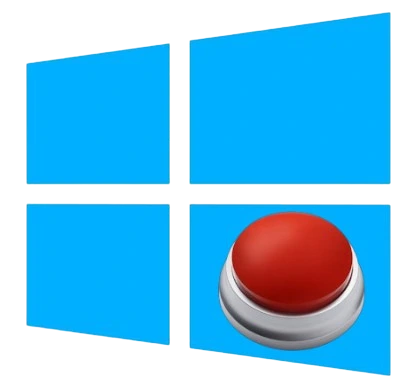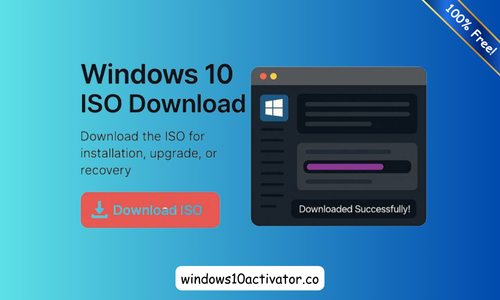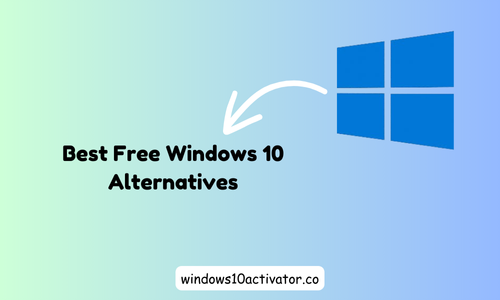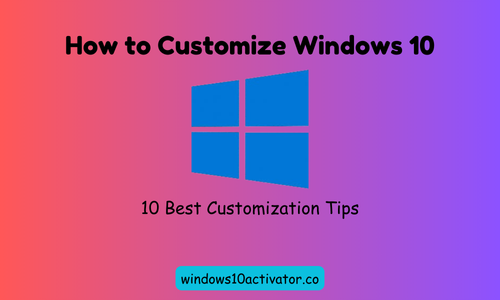9 Easy Ways to Speed Up Windows 10 (No Hardware Upgrade Needed)
Windows 10 may run slower over time due to common causes such as background processes, unnecessary startup programs, and outdated drivers. If your Windows 10 system is lagging, there are nine steps you can take to speed it up and improve its performance. Follow these steps to optimize Windows 10 for a faster and smoother experience without upgrading your hardware.
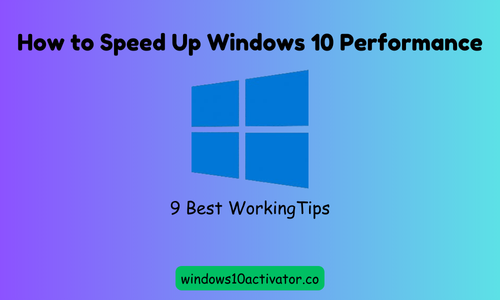
How to Speed Up Windows 10 for Better Performance:
1. Disable Startup Programs
Many applications automatically start when you turn on your computer, consuming system resources.
Step-by-Step Guide:
- Press Ctrl + Shift + Esc to open Task Manager.
- Click on the Startup tab.
- Identify unnecessary programs and right-click to disable them.
Reducing startup programs can cut down boot time and free up RAM.
2. Uninstall Unused Applications
Unused software takes up storage and may run background services that slow down your PC.
Steps to follow:
- Open Settings (Win + I) and go to Apps > Apps & features.
- Scroll through the list and uninstall programs you don’t use.
3. Clean Up Your Disk Space
Temporary files, cached data, and old system files can slow down your PC. Use Storage Sense to clear them out.
Steps to follow:
- Open Settings and go to System > Storage.
- Turn on Storage Sense to automatically free up space.
- Click Temporary Files, select What to remove, and hit Remove Files.
Want to Customize Your Windows 10 at the Next Level? Check out our guide on 10 Best Windows 10 Customization Tips
4. Optimize Virtual Memory (Page File)
Windows 10 uses virtual memory when RAM is full. Adjusting the page file size can improve performance.
Instructions to Follow:
- Open the Control Panel and go to System > Advanced system settings.
- Under Performance, click Settings.
- Navigate to Advanced > Virtual memory > Change.
- Uncheck Automatically manage paging file size and set a custom size (1.5x to 2x your RAM size).
5. Disable Background Apps
Many apps run in the background, using CPU and RAM.
Quick Steps to disable background apps:
- Open Settings > Privacy > Background apps.
- Turn off apps that you don’t need running in the background.
6. Update Windows and Drivers
Outdated software and drivers can cause slowdowns and security vulnerabilities.
Follow These Steps:
- Open Settings > Update & Security > Windows Update.
- Click Check for updates and install any pending updates.
Steps to update drivers:
- Open Device Manager (Win + X, then select Device Manager).
- Expand categories and right-click devices to select Update driver.
7. Disable Unnecessary Services
Some Windows services aren’t essential and consume resources.
Steps to disable services:
- Press Win + R, type services.msc, and press Enter.
- Look for non-essential services (e.g., Xbox Live Services) and set them to Manual or Disabled.
8. Use an SSD Instead of an HDD
Upgrading to a Solid State Drive (SSD) is one of the best ways to speed up Windows 10. SSDs are much faster than HDDs which offer significantly quicker boot times and app load speeds than standard hard drives.
9. Restart PC Regularly:
Many users leave their computers running for weeks without restarting. A simple reboot can clear memory and improve speed.
Follow these Steps to restart your PC:
- Click Start and select Power > Restart.
- Restart at least once a week for optimal performance.
Conclusion:
You can boost your Windows 10 performance by following these steps and experience a better system version. Regular maintenance, removing unnecessary programs, and optimizing system settings will keep your PC running smoothly.
Try these methods today and enjoy a faster, smoother, and more efficient experience. Let us know in the comment section If you want more tips and tricks related to Windows 10.
